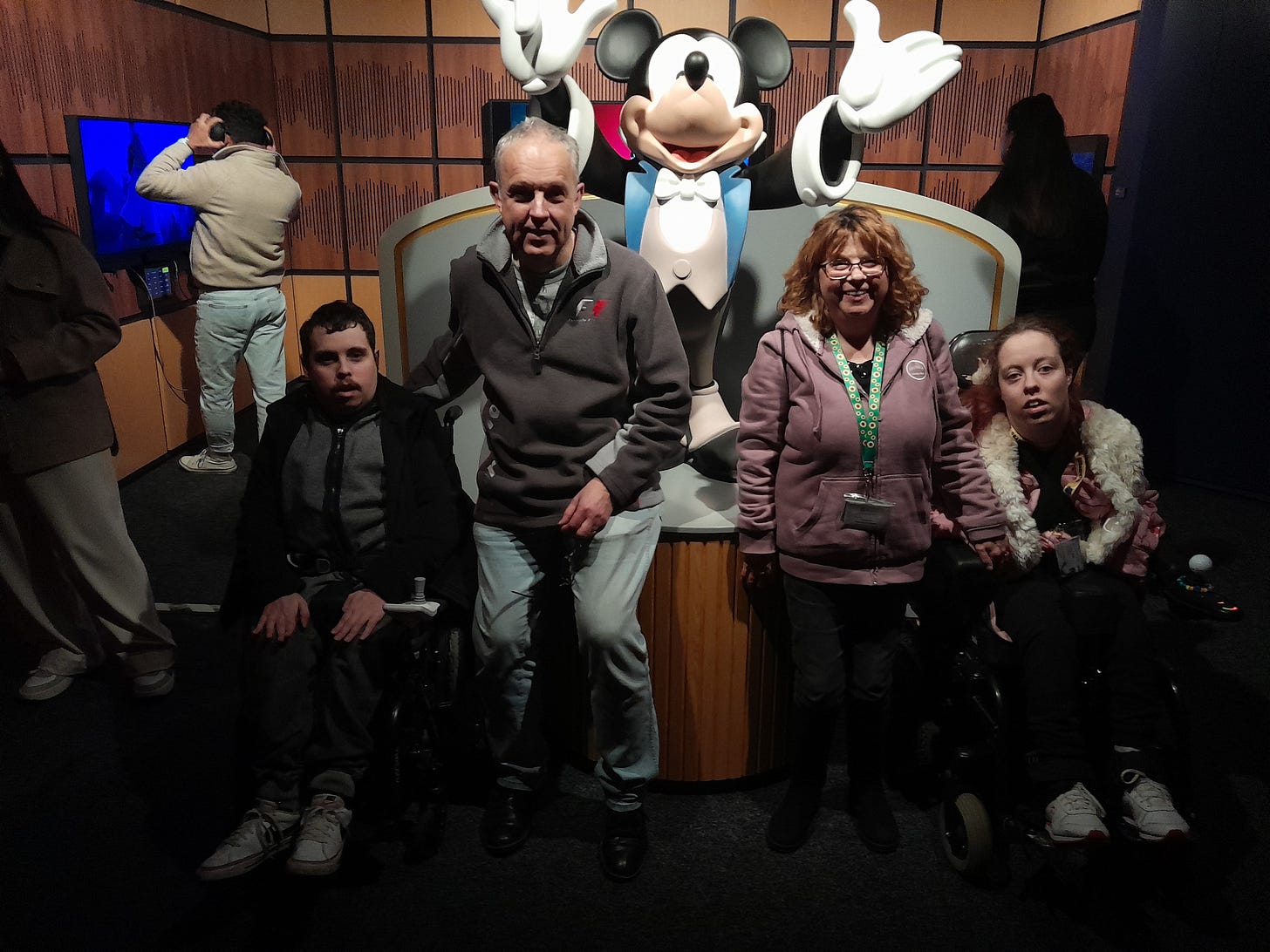Last week I went to the hospital to have my pacemaker checked. It’s an annual ritual ever since I had it installed nearly 12 years ago.
At the time it was put in I was very ill - my heart was regularly stopping, when it wasn’t alternating between bradycardia and tachycardia, I was anaemic and low in potassium. My single ventricle was struggling to cope and my aortic valve’s leak had become severe as it had widened. The valve couldn’t be replaced because of my Fontan circulation so the best option would be to start the investigations required to prepare for a heart transplant.
The reality was I hadn’t felt well for the 2 years previously - I’d had bouts of atrial fibrillation and ablations to try to help them. I’d had a stent put in but I was still going downhill, trying to continue to just power on through.
Our family also had the stress of moving house and trying to find a new property that could be adapted for both Nathan and Cerys to be able to move freely and accommodate them to be as independent as possible. They will always need support, but it is a lot easier when the physical environment also accommodates their needs.
Nathan was leaving school and doing his GCSEs so we were fighting for extra support during exams, and researching courses and colleges he could move on to. Little advice came from his school so it was up to us to find the best way to move forward. At least he had recovered well from his spinal rod surgery 2 years previously.
My amazing cardiac Consultants decided they would move forward by treating me with iron and potassium supplements and arranging for me to have a pacemaker. Their expectation, and they were very honest with me, was that it would simply keep me going whilst it was decided if I was a candidate for heart transplant, and then the long wait for a donor.
Unexpectedly, I started to recover well. The valve has narrowed enough for it no longer be as serious a problem as it was. The pacemaker keeps my heart beating at a regular pace, and if it drops too low it will give my heart a shock to get it going again. My heart will never be ‘normal’ - never has been, never will be… but, I’ve learnt how to look after it as best I can.
Most pacemakers last 8 - 10 years I am told. Mine is now nearly 12 years old, with a battery life of another 1 ½ years. The only problem is waiting another 12 - 18 months means it will be due to be changed at the same time Cerys’ ITB (intrathecal Baclofen pump) will be due for renewal. When I explained this to the Technician I met, she fully understood and has decided to bring me back in 6 months’ time for a pre-assessment, with the view to changing the battery box slightly early so my wound can be healed, and hopefully I can be recovered before I support Cerys with her own operation.
Fortunately, Nathan’s pacemaker, even though he had it put in just 2 weeks before Cerys had her pump put in, hopefully, isn’t due for replacement until 2028 at the earliest. Just call us the bionic family!
If you are interested in finding out more about single ventricle cardiac conditions please see the website for Little Hearts Matter. A charity that supports those born with a single ventricle condition and their families from birth, through childhood, and now, into adulthood. You can find them here






Phew, Donna! You're outpacing the pacer. I'm relieved you have a wonderful team of consultants and nurses who understand and try to schedule things empathetically for your family's needs. Very informative diagram of the heart.
The diagram is featured in the information given on the Little Hearts Matter website. Tricuspid Atresia is one of the conditions affecting my heart.